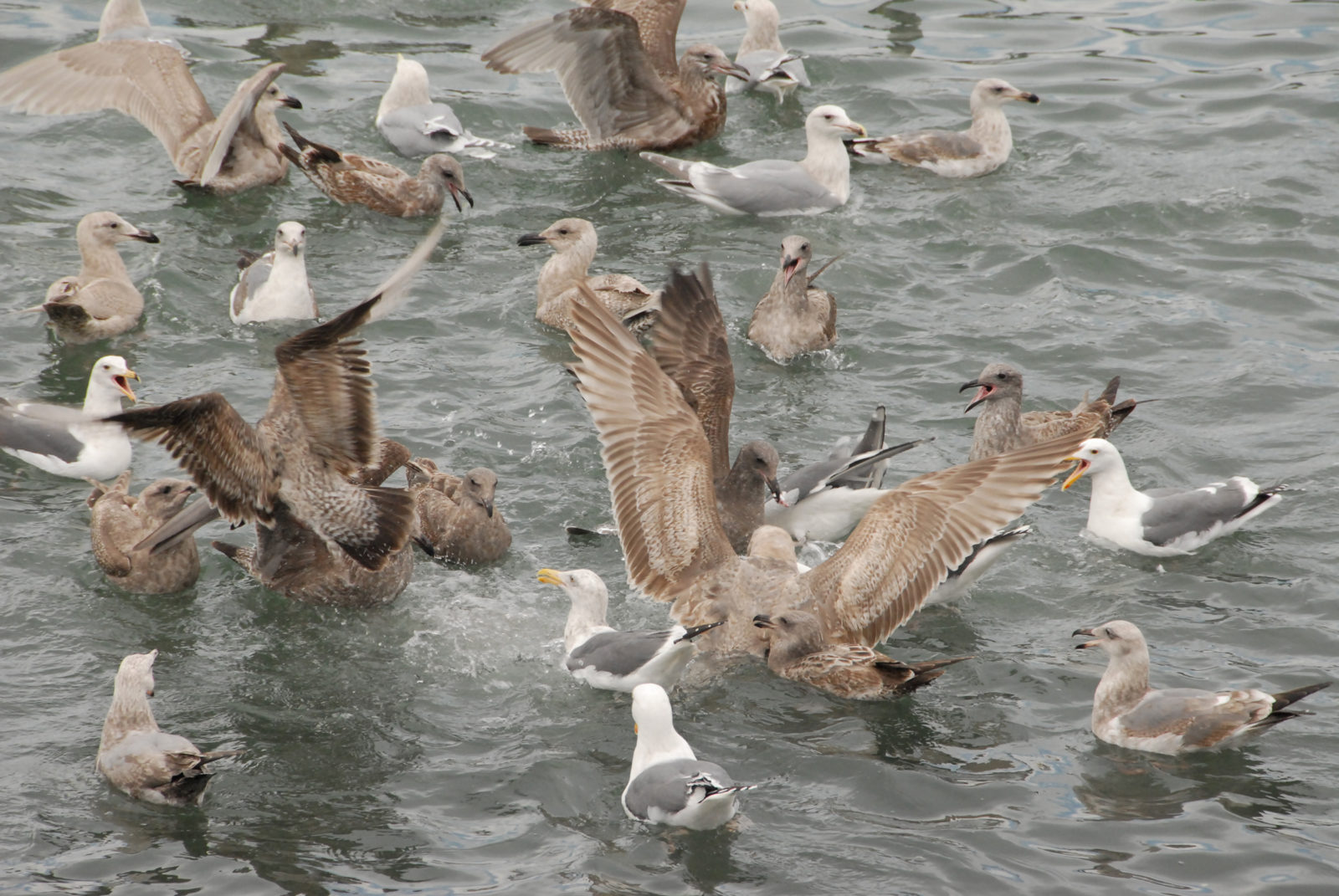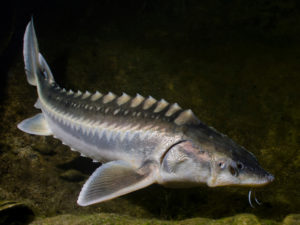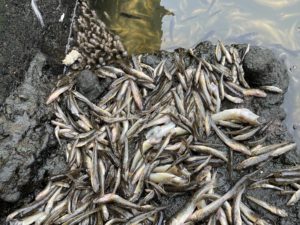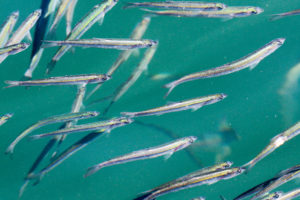As recently as five years ago, it was great to be a herring in the San Francisco Bay. Populations of the small silver fish had declined up and down the West Coast but boomed in the Bay at levels not seen since the late 1980s, feeding bigger fish, marine mammals and record-setting numbers of winter birds.
Then the weather changed. Freakishly stubborn high pressure set in over the Pacific Ocean for three straight winters, drying up winter rains and feeding a warm “Blob” of water off the West Coast. San Francisco Bay herring born in the boom years swam out to a changed ocean, where they couldn’t find their typical cold-water plankton food. Hungry, they returned to the Bay but didn’t spawn, or didn’t return at all. The Bay’s spawning herring population crashed from 79,000 tons in winter 2013 to 60,600 tons in winter 2014 to 16,700 tons in 2015.
The rains returned, and the Blob, at least temporarily, disappeared. Over the last few years the herring population has appeared to wax again in the Pacific Northwest, and perhaps in Tomales Bay. But the fish have not returned to San Francisco Bay. Although the California Department of Fish and Wildlife will not release the numbers for 2018-2019 winter until September, they’re not expected to report meaningful change from the previous four seasons, in which the population has hovered between 14,000-18,000 tons.
“Some oceanographers might say the Blob is over but we’re in the Blob hangover,” said Oceana California campaign director and senior scientist Geoff Shester. “The system has returned to normal but it doesn’t mean we jump back right away.”

Against that backdrop the state released on August 8 a draft plan for managing the also-dwindling herring fishery in the Bay. Commercial fishermen from one of the Bay’s last commercial fleets caught 5,000-10,000 tons of herring from the Bay every year through into the early 2000s, mostly to ship the roe to Japan. But the Japanese market has collapsed, and no California market has grown to replace it. Northern California locavores have never embraced this particular fish, and marketing campaigns to make it more popular have mostly failed. Between the low demand and the low herring population, the fishermen skipped the 2018-2019 season entirely.
It’s too bad, Shester says: Bay herring eaten in the Bay Area is one of the most sustainable foods on the planet. The fish school and come close to shore so there’s a low carbon footprint to fishing for them. It’s delicious smoked or fresh, Shester says, and exceedingly healthy. Demand would revive the fishery and help provide an income for Bay Area fishermen. But it just hasn’t caught on.
“If you could only change people’s tastes,” Shester said. “And tastes have changed, so we know it can happen! But for now it’s started to feel like a pipe dream.”
Herring populations, like their “forage fish” cousins sardines and anchovies, boom and bust. Fisheries demand does too. The state’s proposed management plan, says Audubon Society Director of Marine Conservation Anna Weinstein, takes both into account and protects the herring and the legacy commercial fishermen in times good and bad. When the herring (and demand) boom again, the plan would limit the number of boats that can chase them to 30 — the size of the current fleet — and would limit recreational catch to 10 gallons per day. It also would allow permitted commercial boats to fish every week, replacing a platoon system of every-other-week fishing.
To buffer against herring (and demand) declines, the plan would limit the commercial catch to 10 percent of the total spawning biomass. If the herring population drops below 15,000 tons, the fishery would close for the year.
“Pacific herring is a natural treasure in San Francisco Bay,” Weinstein said. “We’re grateful to dedicated biologists at Fish and Wildlife for stepping up and putting in place a framework to protect the species for people and wildlife in the future.”
The department will take public comments on the proposed plan until the fall. The Fish and Game Commission is expected to vote on a final plan, which would then be immediately adopted, at its October 9-10, 2019 meeting in Valley Center, CA.
“I’m optimistic the fish stock is going to come back,” Shester said. “Certainly there’s no reason to believe anything in terms of fishing on this stock is preventing recovery. They’re being as precautionary as they can.”





